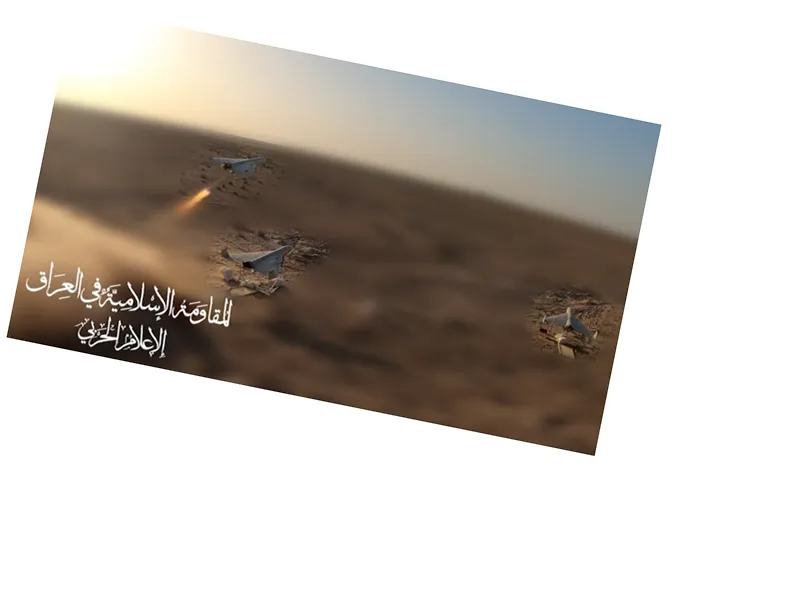The rise of drone warfare in the Middle East indicates a shift in military tactics among non-state actors, particularly those aligned with Iran.
The ongoing conflict in Gaza has broader implications for regional stability, as groups like the Islamic Resistance in Iraq seek to position themselves as defenders of Palestinian rights.
The involvement of multiple factions highlights the complex web of alliances and enmities in the region, where local grievances are increasingly tied to larger geopolitical struggles.
The frequency of drone attacks by the Islamic Resistance in Iraq may increase as tensions continue to rise in the region, potentially leading to a broader conflict.
Israel may enhance its air defense systems in response to these threats, leading to an arms race in drone technology within the region.
The humanitarian crisis in Gaza could further fuel resistance movements across the Middle East, prompting more coordinated attacks against Israeli interests.
The Islamic Resistance in Iraq has recently escalated drone attacks against Israeli military targets, citing a commitment to support Palestine and Lebanon amid ongoing conflicts.
On October 24, 2024, the group confirmed an attack on a military target in northern Israel, although specific details were not disclosed.
Israeli media reported that a drone was intercepted over Tiberias, coinciding with increased Israeli Air Force activity in the region due to anticipated drone threats from Iraq or Lebanon.
The Islamic Resistance, which comprises various Iraqi armed factions supported by Iran, has been active in targeting vital Israeli installations, including airports and military bases, since the onset of the Gaza conflict in October 2023.
The ongoing conflict has resulted in significant casualties, with over 143,000 Palestinians reported killed or wounded since the beginning of Israeli operations in Gaza.





